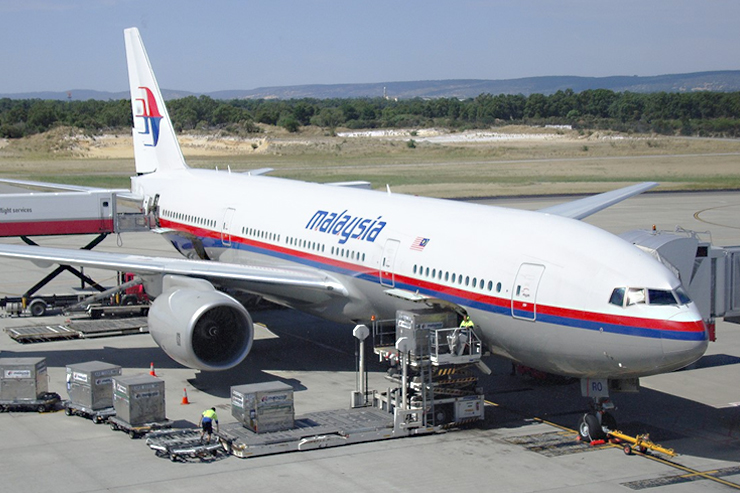New Report on MH370 Disappearance Reveals Startling Findings

The mysterious disappearance of Malaysia Airlines Flight MH370 in 2014 continues to baffle the world, and now, a new report has emerged that sheds light on the possible location of the aircraft, further north than initially believed. Authored by aerospace engineer Richard Godfrey and Dr. Hannes Coetzee, this report utilizes revolutionary WSPRnet tracking technology to provide a refined and updated analysis of MH370’s flight path. The findings suggest a different crash location, and they hint at intriguing possibilities about the fate of the aircraft.
The Role of WSPRnet Tracking
WSPRnet tracking technology has played a pivotal role in this investigation. The report builds upon a previous study titled “MH370 GDTAAA WSPRnet Analysis Flight Path Report” published in December 2021. The new analysis introduces several improvements, including a tighter definition of WSPRnet SNR anomalies. These enhancements allowed the researchers to refine the flight path with more precision.
A Refined Flight Path
The updated flight path depicted in the report is a maze of twists and turns. The findings raise the possibility that the pilot may have been disoriented during the flight, a condition that could result from hypoxia, which is a lack of oxygen. The report narrows down the time of the crash to between 00:22 UTC and 00:27 UTC, corresponding to 8.22 am and 8.27 am local time.
A Shift in Location
One of the most startling revelations is the shift in the crash location. The report indicates that the new coordinates are approximately 42 nautical miles southeast of the 7th Arc. Specifically, at 8:22 a.m., the estimated position from the WSPRnet analysis was 30.00°S 98.70°E. Just four minutes later, at 8:26 a.m., the position was updated to 30.57°S 98.75°E.
Active Pilot Presence
The report also posits that there was an active pilot on board MH370 until the very end of the flight. This assertion challenges previous theories about the flight’s final moments and adds another layer of intrigue to the ongoing investigation.
Support from Debris Hunter
Blaine Gibson, a renowned debris hunter who has played a significant role in recovering MH370 debris, expressed support for the report’s findings. He noted that the suggested crash site aligns with the University of Western Australia’s drift analysis, which successfully identified the origin of MH370 debris between 28°S and 33°S. The accuracy of this drift analysis led to the recovery of numerous plane fragments.
The MH370 mystery has captivated the world for nearly a decade. The new report’s findings, driven by advanced WSPRnet tracking technology, offer fresh perspectives on the flight’s path, crash location, and the presence of an active pilot. While many questions about MH370 remain unanswered, this research represents a significant step forward in understanding the fateful journey of Malaysia Airlines Flight MH370. The search for the truth continues, and the hope to find more pieces of the puzzle remains alive.





